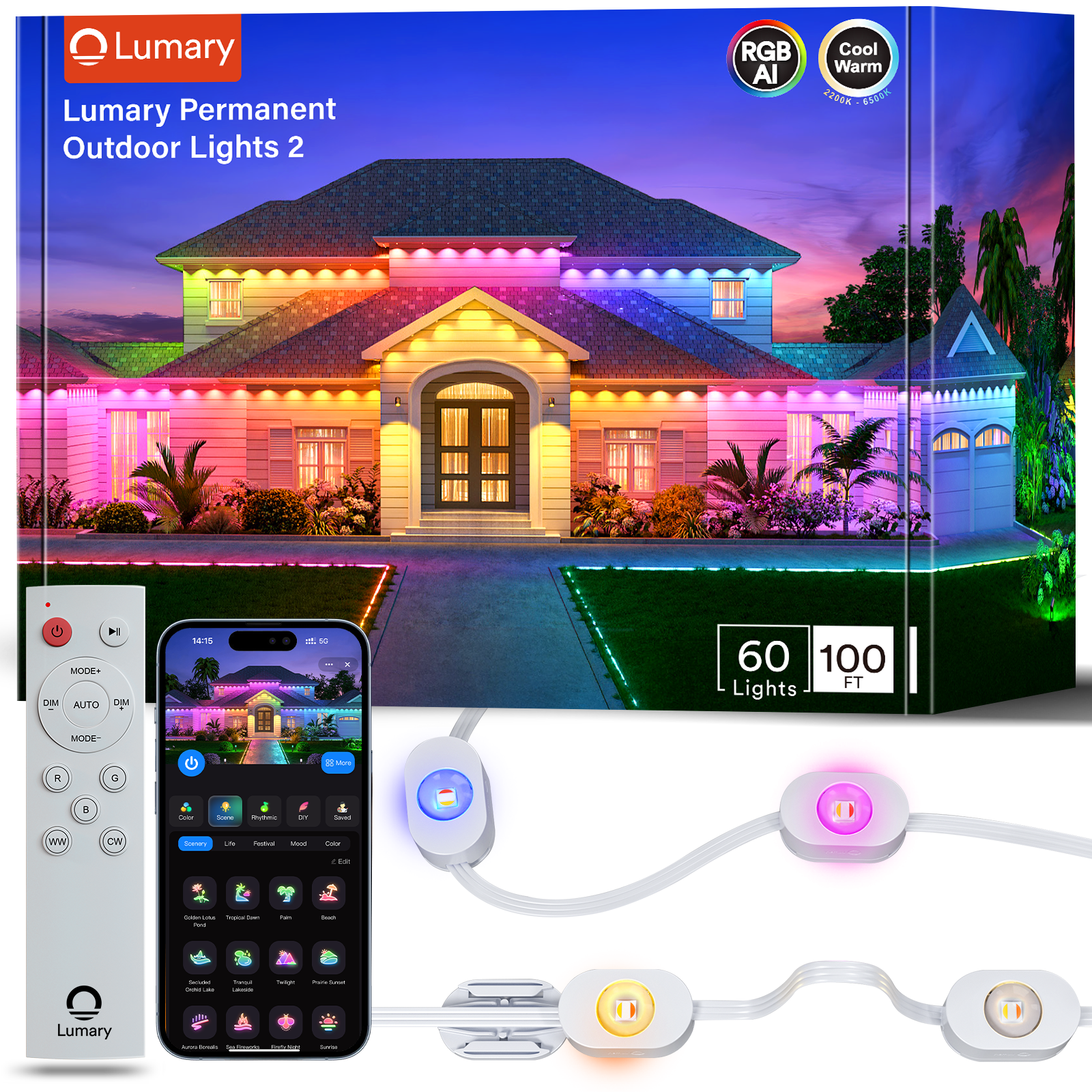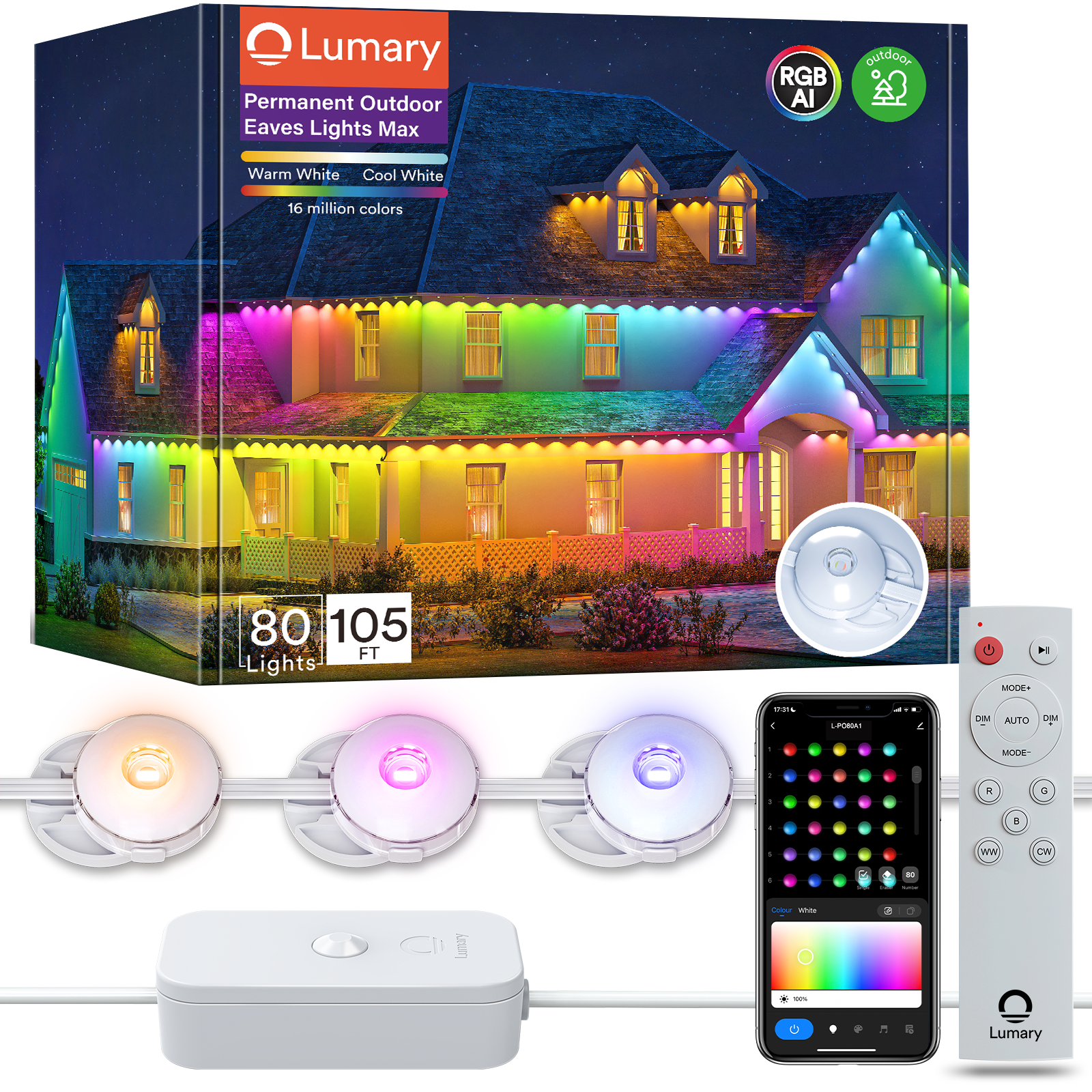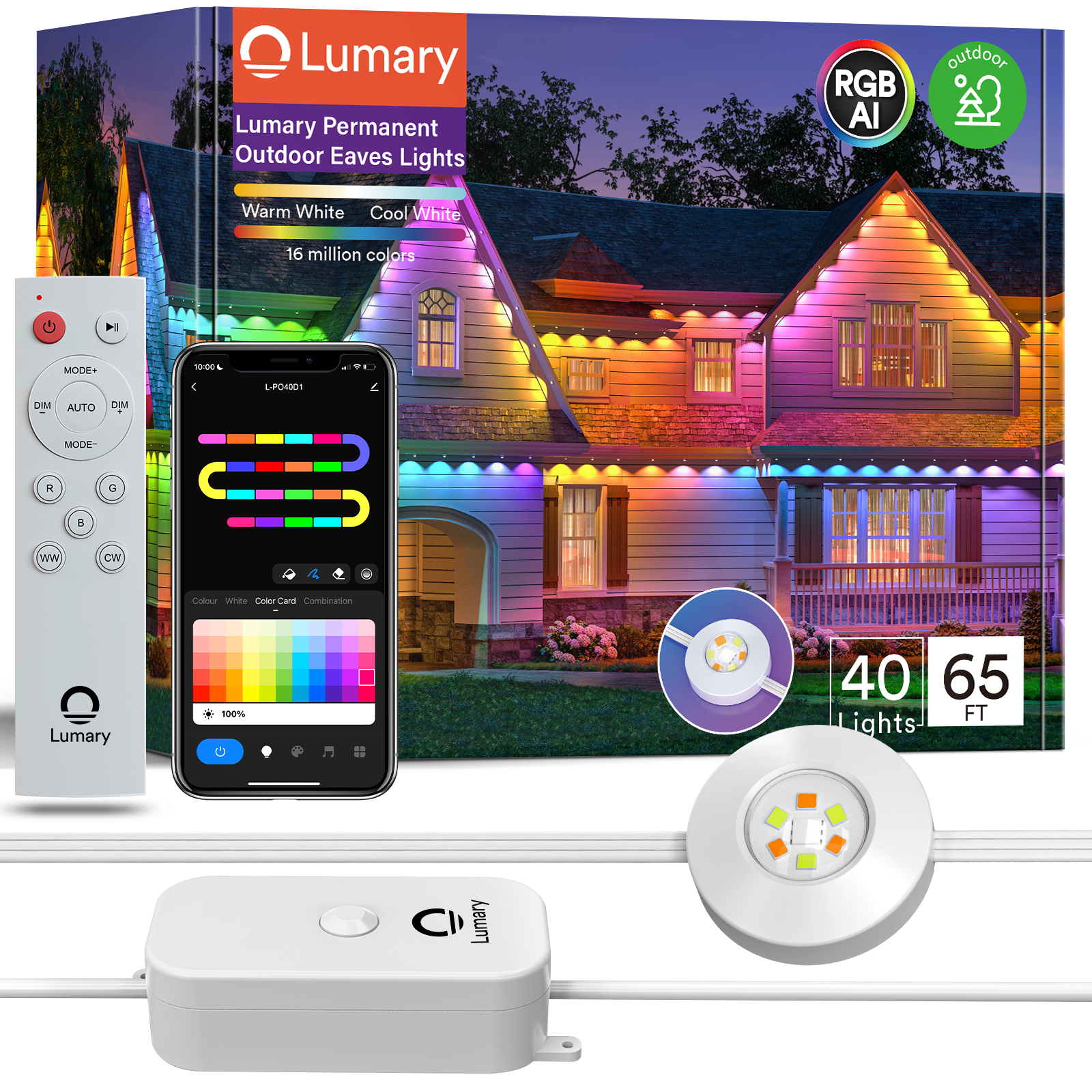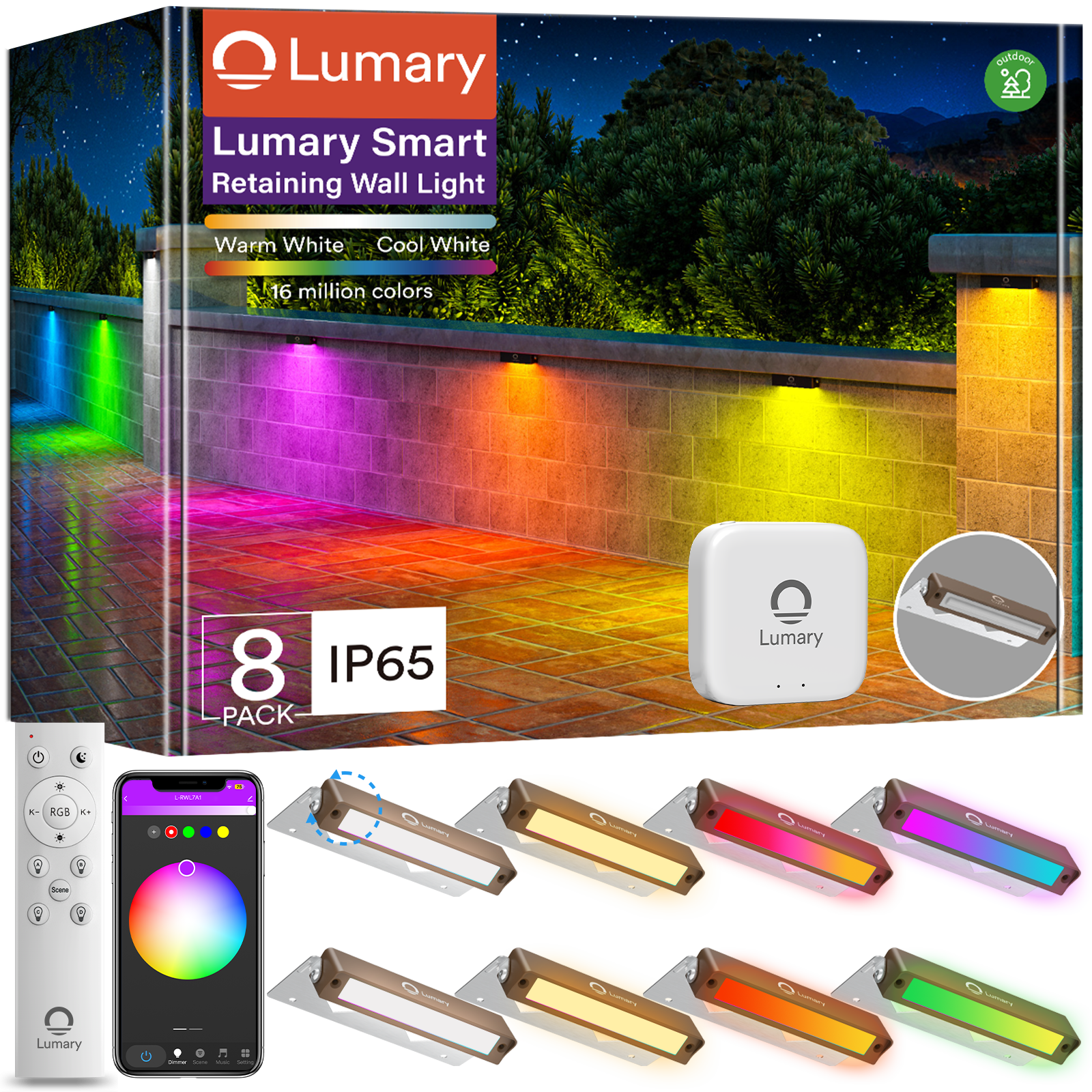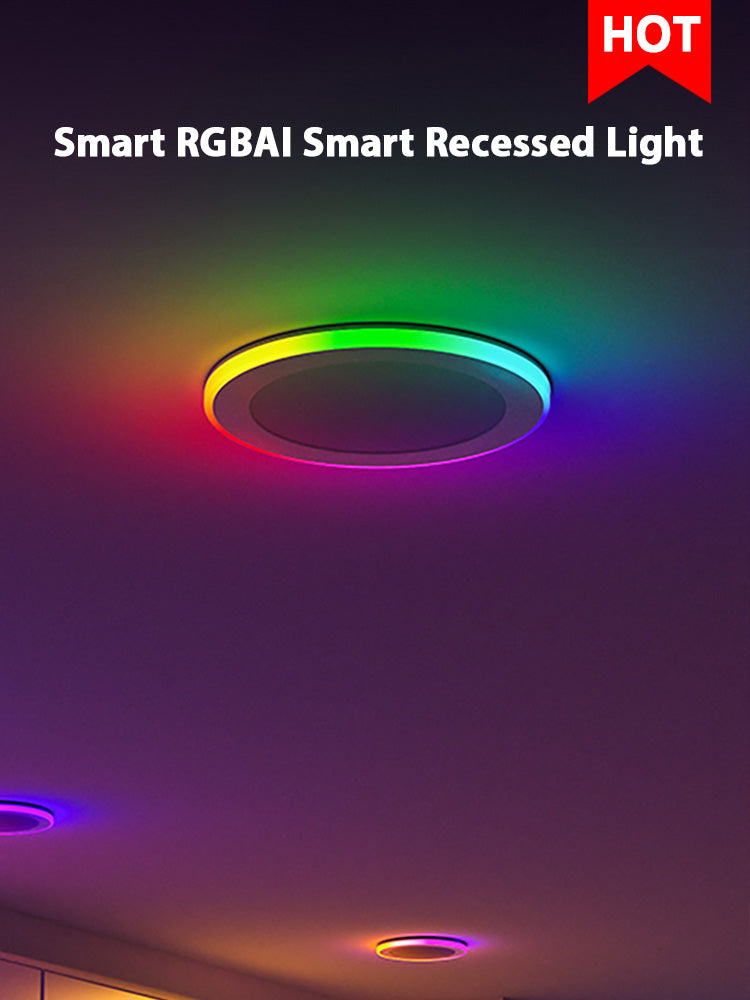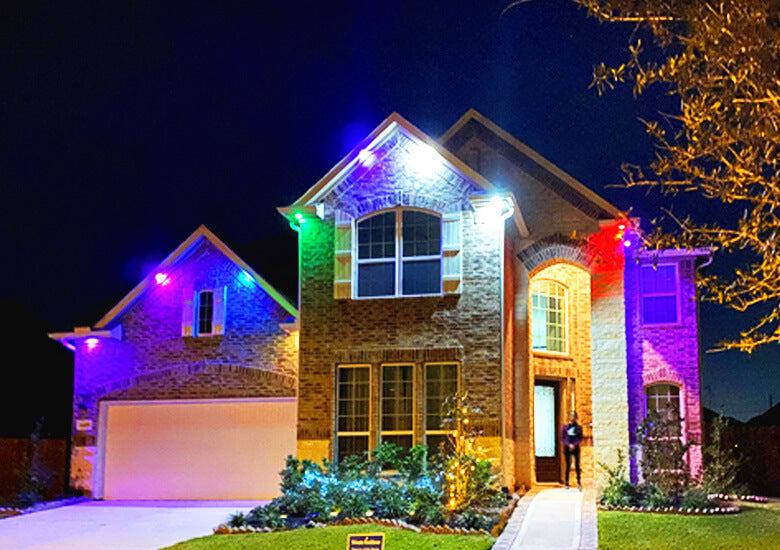How Many Recessed Lights?
How many recessed lights you need is usually related to the size of your room, but also consider the lumens of the recessed lights
Before you start, you need to know the room’s dimensions (length and width). Measure in inches for accuracy. You can use the same measurements to calculate where to place the lights on the ceiling when you’re ready.
After obtaining the room data, please enter: General Lighting Calculator
How to design and layout?
It could be general lighting to enhance the entire room, task lighting above a counter top, accent lighting to highlight a portrait on the wall, or a combination of all three.
The General Lighting Layout
- The purpose of general lighting is to provide even lighting throughout a room or area. The recessed lights should be aligned and equally spaced across the ceiling. Resist the temptation to place the lights according to objects in the room (such as furniture).
- Below are some of the most common layouts for general lighting. Notice how the lights are placed in an even grid that’s based off the shape of the room.
|
4 recessed lights |
5 recessed lights | 6 recessed lights |
 |
 |
 |
| 8 recessed lights | 9 recessed lights | |

|
 |
|
| Lights & Fan Example | Kitchen Layout Example | |
 |
 |
|
The purpose of task lighting is to provide light for a specific work surface or area.
The guidelines for a task lighting layout are:
- The lights do not need to be aligned with your general or accent lights.
- If more than one light is required, the lights should be equally spaced and aligned with each other above the surface.
The Accent Lighting Layout
Pelican Hill Accent LayoutRecessed accent lighting can be used to draw attention to pretty much anything in a room. Walls, drapes, artwork, and photographs are a few examples. The guidelines for an accent lighting layout are:
- The lights do not need to be aligned with your general or task lights.
- If more than one light is required, the lights should be equally spaced and aligned.
- Use adjustable trims to direct and hide the source of the light.
Vaulted Or Sloped Ceilings
The layout rules are the same on a sloped ceiling as they are on a flat ceiling. The only difference is that I recommend using either sloped-ceiling fixtures or adjustable trims to compensate for the slope’s angle and allow the light to point straight down. This will significantly reduce glare, especially in rooms where the seating faces the slope of the ceiling.
TV Glare
If a layout leaves you with a light directly above a TV, you may be concerned with it causing glare or washing out the picture.
Recessed lighting layout exampleThe solution is not to eliminate the light, but rather to separate the layout into two control zones. This will allow you to control one or more of the lights independently from the rest, and give you ultimate flexibility in your design.For example; if you are installing six lights in a room, you may want to separate the lights into two zones with three lights each. You can dim or turn off the row of lights in front of the television, while still having some light over the sofa from the other row of lights.


